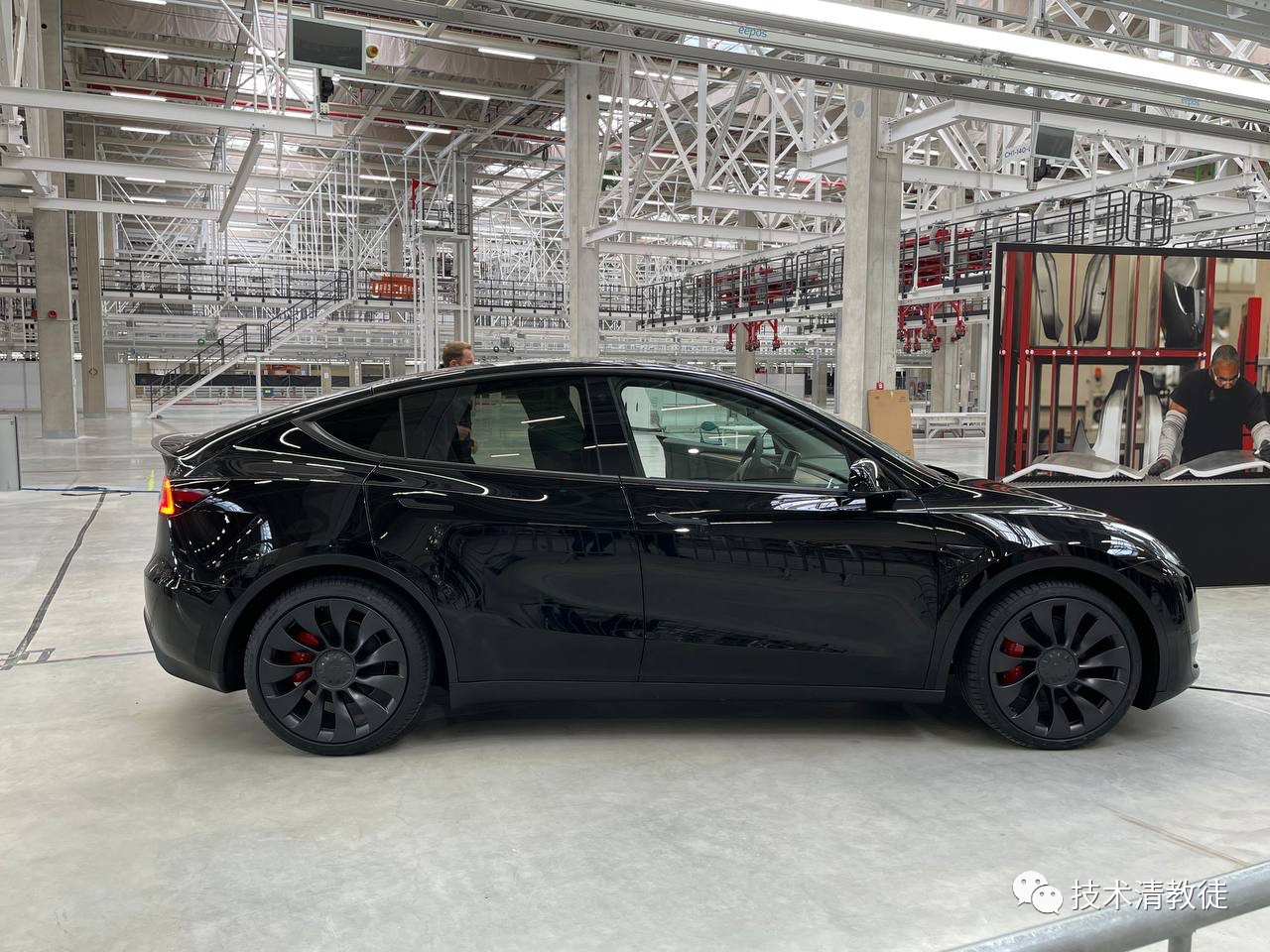Translation:
Body:
323 words in total.
Estimated reading time: 1 minute, video: 5 minutes.
When getting good grades in exams is no longer enough to satisfy a student’s thirst for knowledge, they begin to challenge themselves, which is the true meaning of leading.
After Tesla’s Model 3/Y consistently scored first place in international NHTSA safety crash tests (for crash scores, please see my previous article: Why I continue to have faith in Tesla—(Part II) Quantitative product data), Tesla’s crash test lab engineer said:
“Previously, the best way to design a safe car was to conduct industry standard crash tests. Those crash tests are like a few grains of sand, but those few grains of sand need to represent the entire beach. In reality, the entire beach is infinitely complex, and each collision is different.”
“By collecting data from Tesla’s million-car fleet and replicating real-world collision scenarios, Tesla is able to design and manufacture the safest vehicles on the road.”
“We do this for two reasons: a. We can, and have the ability to do so; b. It is the right thing to do.”
In the video:
“Tesla found that the collisions required by industry standard testing are rarely seen in the real world. Therefore, the Tesla team collected collision data from the sensors of millions of vehicles, categorized collision types according to their likelihood of occurrence in the real world, and set the optimal strategy for releasing airbags and tightening seat belts for each type of collision. Subsequently, after OTA upgrades for all Model Y vehicles worldwide, the vehicle’s safety system can determine which type of collision has occurred within 10 milliseconds of the occurrence of a collision and adopt the best safety response strategy.”
At this moment, Tesla is challenging itself and pulling ahead of traditional manufacturers.
This article is a translation by ChatGPT of a Chinese report from 42HOW. If you have any questions about it, please email bd@42how.com.
